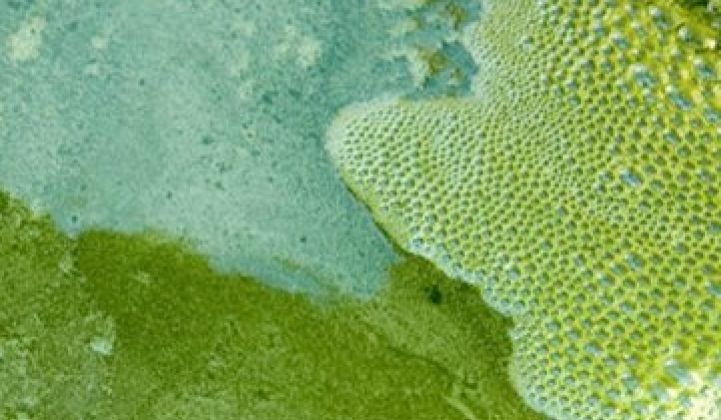Aurora Algae has raised $22 million in another funding round that will allow it to break ground on a commercial algae farm in Australia early next year.
The farm -- actually a series of ponds -- will cover approximately 610 hectares, or 1500 acres, in Maitland, Western Australia. Aurora secured the land earlier this year. To date, the company has raised $72 million. Investors in the latest round include Oak Investment Partners and a new, but unnamed, strategic partner.
The infusion of new funds comes amid renewed interest among investors for industrial biology. In the past year, Amyris, Solazyme, Gevo and Codexis -- which make biofuels and biochemicals -- have all held IPOs. Yes, biofuel subsidies are currently under scrutiny in Washington, but federal policy still calls for increasing biofuel production over the next two decades. More importantly, the continued high prices of oil are prompting multinational manufacturers to look at renewable and recycled versions of nylon and other industrial chemicals. In all likelihood, that unnamed strategic partner will become a customer.
Aurora started out as a biofuel company, but last year shifted to grow algae for the food market. Omega-3 oils from algae and protein powders can be inserted into human and pet food. The company still hopes to make fuel someday, but like Solazyme and other algae companies, revenue in the near term will come from other markets.
The influx of investment is arguably also evidence that Aurora has recovered from its tailspin of last year. In 2009, Aurora's then-CEO Robert Walsh talked about having a 2,000-acre pond and producing fuel for $2 a gallon by 2012. (Was Michele Bachmann on the board?)
But in February 2010, Aurora swapped CEOs. A few months later, it began to transition from being a fuel producer to a company that produces food additives that also happens to have a fuel division. The $2 fuel and a 2,000-acre pond do not, of course, exist at the moment. Still, money in the bank and a nutraceutical farm in Australia are signs of upward activity. And investors are showing more interest in food and agriculture.
Aurora's strategy has a few interesting twists. It grows algae in open ponds through photosynthesis, a process that is cheaper than bioreactors and fermentation kettles. It doesn't rely on genetically modified algae but rather on selectively bred algae -- again, this approach is cheaper than other options. But how you do keep invasive species out of the ponds? CEO Greg Bafalis told us earlier this year that Australia's climate will be a big help.
"Northwest Australia gets two months of rain a year and then it's all blue skies and sunshine," he said.
The company has also developed pesticides that kill other species but doesn't harm theirs. Mechanical systems also keep out invaders.
To remove the algae from the water -- one of the more costly challenges in algae -- Aurora uses technology similar to the components used in wastewater treatment facilities. It also employs centrifuges. How much de-watering costs and how well it works will be one of the primary factors in determining if Aurora sinks or swims.



